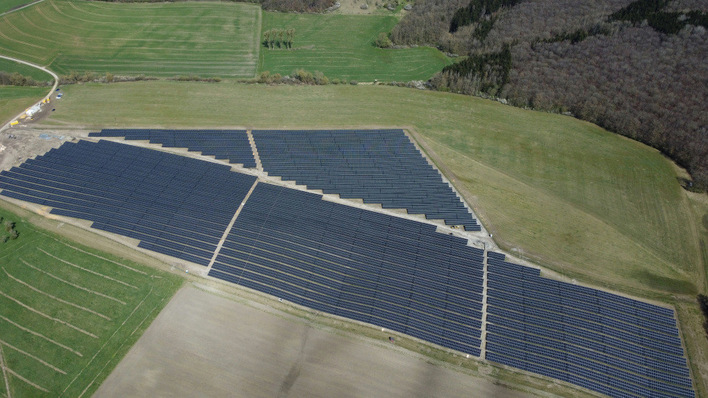Perovskite tandem solar cells combine a perovskite solar cell with a conventional solar cell, for example based on silicon. They are considered next-generation technology as they are currently more efficient than conventional silicon solar cells with an efficiency of more than 33 per cent - and with inexpensive raw materials and simple manufacturing methods.
See also: Perovskite stacks increase energy yield
However, the prerequisite for achieving this level of efficiency is a high-quality and extremely thin perovskite layer, which is only a fraction of the thickness of a human hair, explains Professor Ulrich W. Paetzold from the Institute of Microstructure Technology and the Light Technology Institute at KIT. Even under apparently perfect conditions in the laboratory, unknown influences lead to fluctuations in the quality of the semiconductor layers: "This ultimately prevents the rapid start of industrial production of these highly efficient solar cells, which we so urgently need for the energy transition," says Paetzold.
AI finds indications of a good coating
In order to find out which factors influence the coating, an interdisciplinary team of perovskite solar cell experts from KIT has joined forces with specialists in machine learning and explainable artificial intelligence from Helmholtz Imaging and Helmholtz AI at the DKFZ in Heidelberg. The researchers have developed AI methods that train and analyse neural networks using a large data set. The data set contains video recordings of the photoluminescence of the perovskite thin films during the manufacturing process. Photoluminescence is the radiant emissions of the semiconductor layers caused by excitation with external light sources.
Also interesting: TU Munich develops construction kit for electric tractors
In the experiment, the researchers were able to recognise that the photoluminescence varies during production and that this influences the coating quality. With machine learning and new AI methods, this can already be recognised during production from variations in light emission. After training the neural networks accordingly, the AI was able to predict whether the solar cell would achieve low or high efficiency, depending on which variation in light emission occurred during production. The scientists now know which adjustments they need to make first in order to improve production. "This is a blueprint for follow-up research," enthuses Paetzold. (nhp/mfo)








